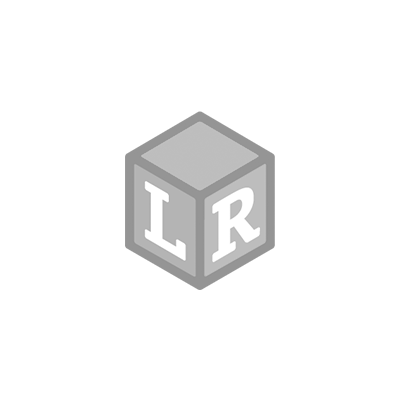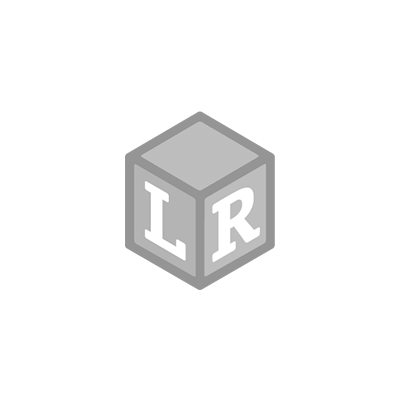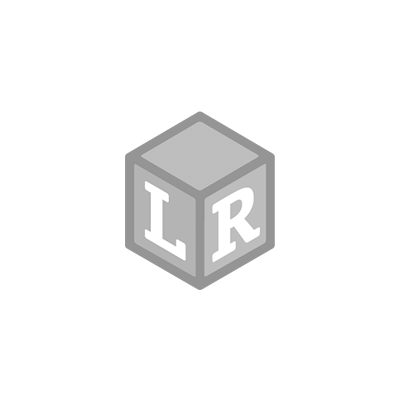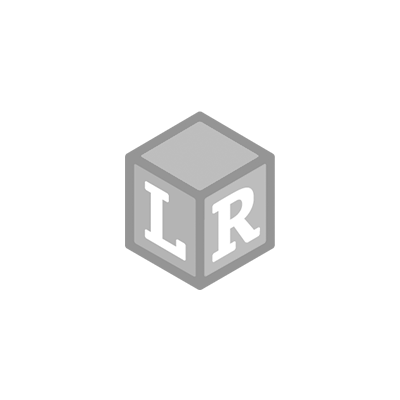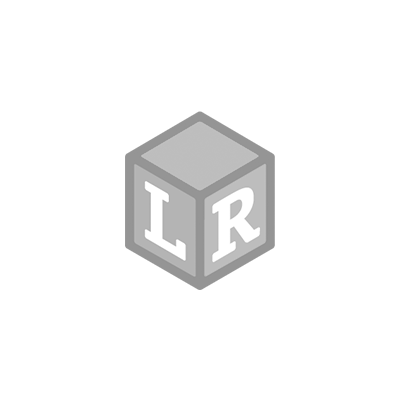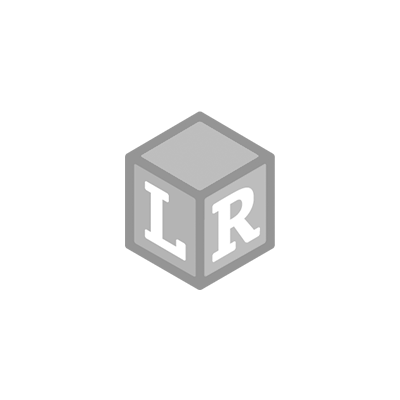DIY Polar Bear Blubber Glove!
- Patria Lincoln Posted On Jan 3, 2020 | STEM
The average winter temperature in the Arctic is -30° Fahrenheit. During the short summer months, temperatures usually hover around 37° to 40°. Seems freezing most, but it’s home sweet home to the Polar bear species.
Just how do those adorable Polar bears manage to keep warm in such extreme conditions? Could it really just be their fur?
Here’s a hand-on experiment to uncover how this species can bear the cold, as well about some facts about these kings and queens of the Arctic.

Supplies Needed:
- A large bowl filled with water and ice cubes (perhaps food coloring)
- Plastic baggies
- Crisco shortening
- Duct tape

First, in microform, recreate the icy waters of the Arctic Ocean. Add lots of ice and water to a big bowl. Polar bears live in countries that ring around the Arctic Circle: Canada, Russia, the United States (Alaska), Greenland, and Norway.

Next, have the kids dip their hands into the bowl. (Let’s not linger too long, however). Pretty freezing, right? Now, think about swimming around in those chilly waters with a big fur coat.These arctic mammals have a double-coat of fur, similar to a husky dog. The outer layer is made up of long, oily “guard” hairs, which help polar bears get dry as quickly as possible. These hairs are actually transparent, or clear. It’s the reflection of the sunlight that makes them appear white!

Dry off those little fingers. Open up one of the baggies and fill it with the Crisco. (This can get messy but makes for a fun sensory activity.) Crisco shortening is essentially a fat that takes solid form in room temperature. It’s is used in baking sweets and frying foods.

Insert another baggie inside the Crisco baggie. Move the “fat” around to make sure that the inner baggie is covered.

Slide your child’s hand inside the dry baggie inside the Crisco baggie and secure with tape, almost like a little glove or mitten.

Now have the kids submerge their hand into the icy water. Feels very different with that fat layer of protection!
The Crisco shortening represents a Polar bear’s blubber, or fat layer, found under its skin. Blubber can be up to 4 inches thick. It acts as an insulator to the Polar bear’s body. An insulator is a substance that does not let heat out.Blubber, paired with a thick skin and double layers of fur, keep Polar bears warm and stabilized all year through. Polar bears’ skin is actually black. The dark color also helps to keep warmth inside.

Stay warm this winter - just like your Polar bear friends!

Save it for later!

 Shop UK Site
Shop UK Site 

